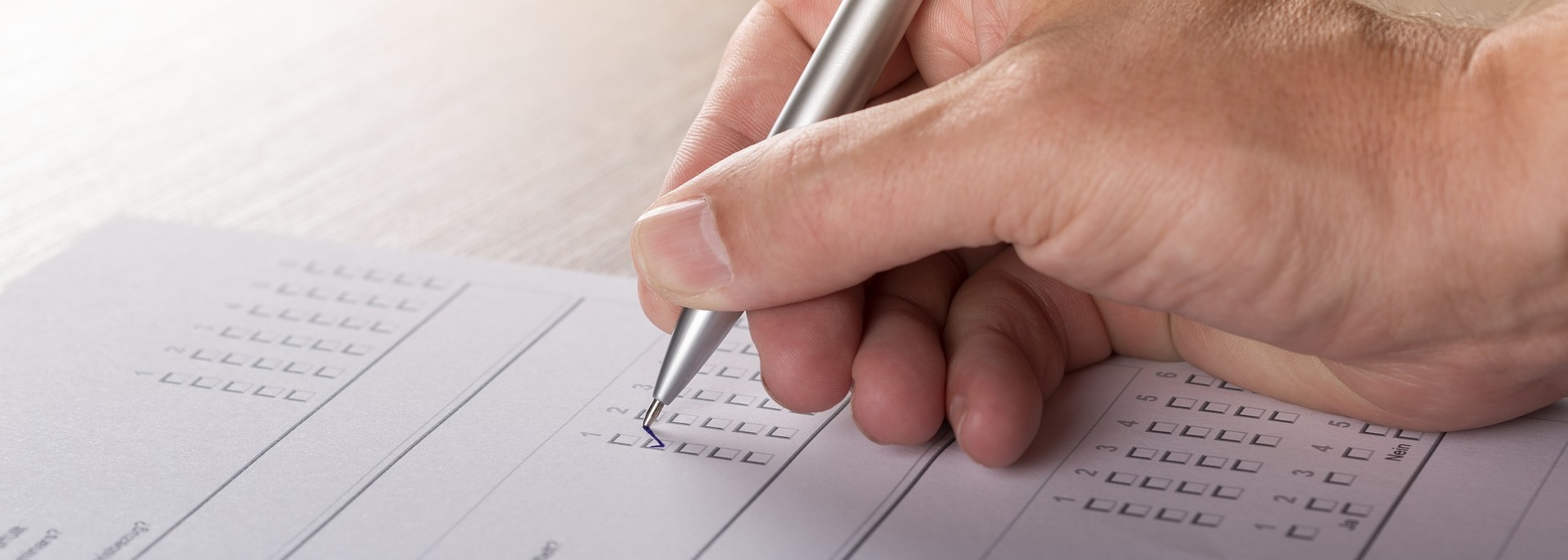Have the equipment examined
Under the Pressure Systems Safety Regulations 2000, a written scheme of examination is required for most pressure systems. Exempted systems are listed in the Regulations. Generally speaking, only very small systems are exempted.
The written scheme should be drawn up (or certified as suitable) by a competent person. It is the duty of the user of an installed system and the owner of a mobile system to ensure that the scheme has been drawn up. You must not allow your pressure system to be operated (or hired out) until you have a written scheme of examination and ensured that the system has been examined.
Pressure systems: A brief guide to safety
Health and Safety Executive
The written scheme of examination must cover all protective devices. It must also include every pressure vessel and those parts of pipelines and pipework which, if they fail, may give rise to danger.
The written scheme must specify the nature and frequency of examinations, and include any special measures that may be needed to prepare a system for a safe examination.
The pressure system must be examined in accordance with the written scheme by a competent person.
For fired (heated) pressure systems, such as steam boilers, the written scheme should include an examination of the system when it is cold and stripped down and when it is running under normal conditions.
The key steps are:
Decide what items of equipment and parts of the plant should be included in the scheme. This must include all protective devices. It must also include pressure vessels, and parts of pipework, which if they failed could give rise to danger.
The scheme must be drawn up (or certified as suitable) by a competent person. It must specify whether the examination is in-service or out-of-service and how often the system is to be examined.
The system must be examined by a competent person in accordance with that scheme. Remember, an examination undertaken in accordance with a written scheme of examination is like an MOT for your car. It is a statutory examination that is designed to ensure that your pressure system is roadworthy It is not a substitute for regular and routine maintenance.
Choose a competent person
You must assure yourself that the competent person has the necessary knowledge, experience and independence to undertake the functions required of them.
The competent person carrying out examinations under a written scheme does not necessarily need to be the same one who prepares or certifies the scheme as suitable.
A competent person may be:
a company’s own in-house inspection department;
an individual person (eg a self-employed person); or
an organisation providing independent inspection services.
Bodies that have United Kingdom Accreditation Service (www.ukas.com/) accreditation to the British, European and international standard BS EN ISO/IEC 17020: 2004, for the scope of in-service inspection of pressure equipment, can provide competent persons meeting the appropriate criteria.
The competent person undertaking an examination of a pressure system in accordance with the written scheme of examination takes the responsibility for all aspects of the examination.
For example, on systems where ancillary examination techniques (eg nondestructive testing) are undertaken, the competent person must assume responsibility for the results of these tests and their interpretation even though the tests may have been carried out by someone else.





